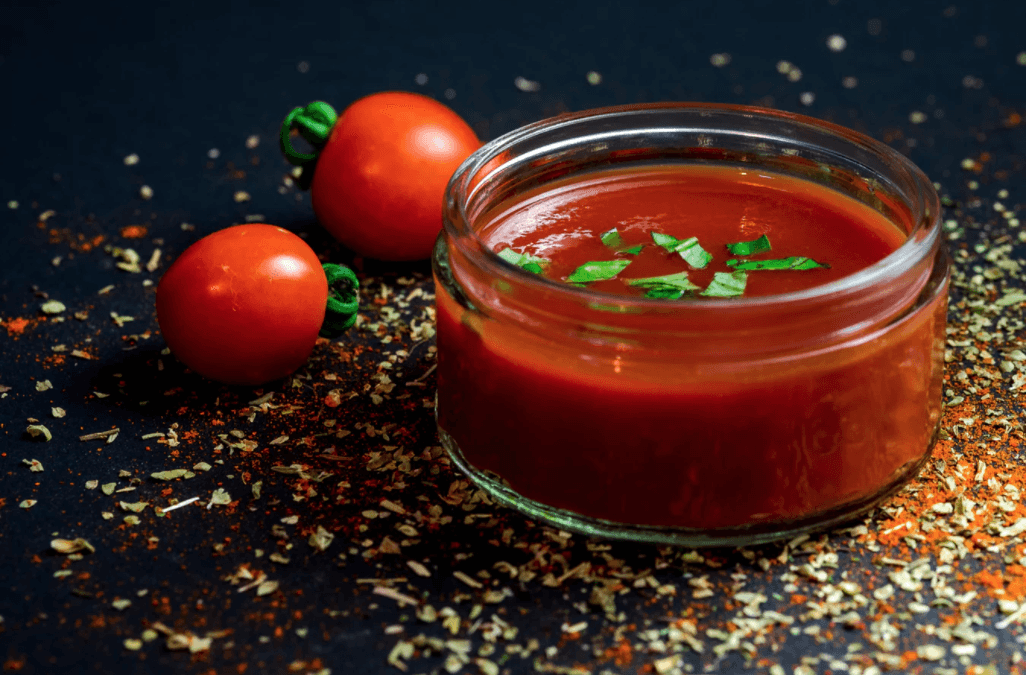Most people have a mother, but French cooking has 5 — the five mother sauces. Each of the mothers forms the foundation for an array of intermediate or small sauces to transform basic meat, poultry, seafood or pasta into candlelit dinner delights. Challenge yourself this month and try your hand at mastering all 5 of the mother sauces; then, when you have the basics down, step out of your comfort zone and start experimenting with making different sauces.
Before anyone can start mastering anything, you first need to know what it is you’re hoping to master: Here is a brief introduction to each of the 5 mother sauces in French cuisine.
Bechamel is a creamy sauce made with milk, thickened with a white roux, traditionally flavored with onion, cloves and nutmeg. Use this versatile sauce in lasagnas, chicken pot pie, tuna mornay, moussaka, or as part of a comforting chowder.
Veloute is made with a white stock thickened with a blond roux, and simmered. The stock can be made from chicken, veal or fish bones. This basic veloute is the springboard to other famous sauces like allemande, supreme, horseradish, and poulette, and forms the basis for spoon-coating cream soups.
Espagnole is a basic brown sauce that starts with brown stock, includes tomato purée and mirepoix thickened with a dark roux. Brown stock is made from caramelized beef or veal bones. Rarely served on its own, it is the foundation to crowd pleasers like Sauce Africaine, Sauce Bourguignonne, and demi-glace.
Hollandaise does not use a roux, like the other sauces. Egg yolks serve as the thickening agent when added to clarified butter and lemon juice. This tangy yellow sauce is the trickiest of the bunch but worth the practice to master. Don’t limit this sauce to the classic Eggs Benedict, but explore its uses with salmon, mushrooms, asparagus, chicken, or make this sauce your own by adding light seasonings that match your style.
Classic tomato is made by cooking down tomatoes flavored with pork and aromatic vegetables. Traditionalists use a dark roux to thicken the sauce, but extended cooking to reduce works as well. You can’t go wrong by pairing this sauce with pasta, roasted vegetables, veal, poultry or bread.
Learning to cook with the mother sauces can help you expand your cooking repertoire and broaden your palate — your taste buds will thank you!

